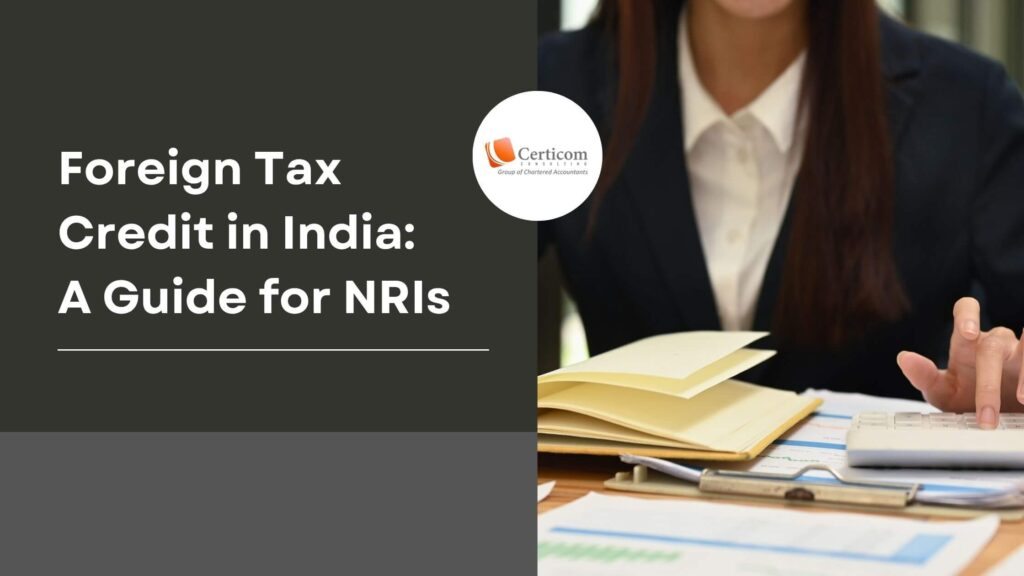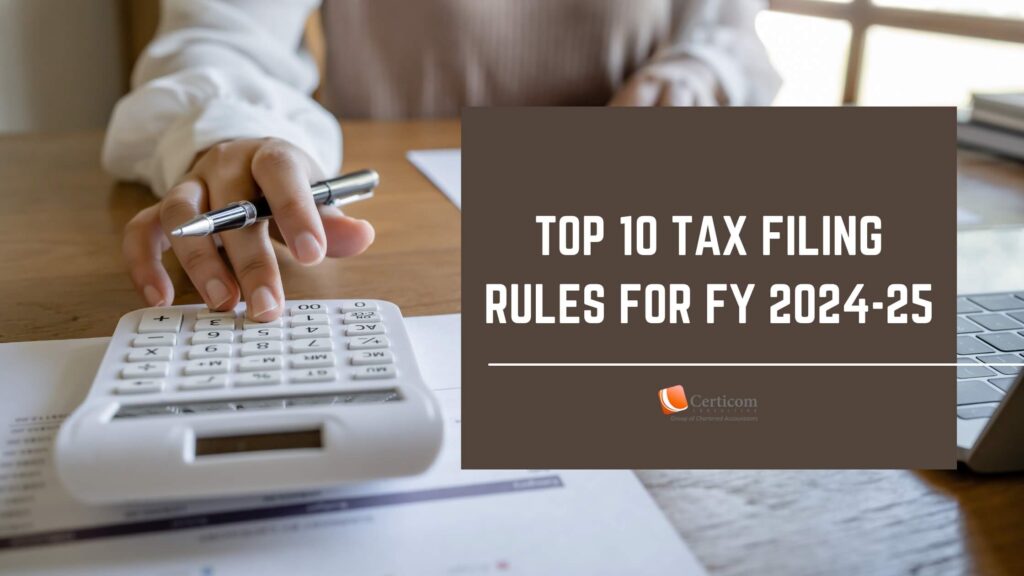How to Claim GST Input Tax Credit and Perform Reversal for the FY 2022-2023.

What is input credit?
A credit for inputs allows you to deduct the tax you have previously paid on inputs when paying output tax. Consider that, as a factory, you must pay Rs 450 in taxes on your output (FINAL PRODUCT). There is a 300 rupee tax paid on purchases (input). With just a Rs 150 tax deposit, you can claim an INPUT CREDIT of Rs 300.
Input Credit in GST
When you fall under the GST Act’s coverage, you can access the Input Credit Mechanism. That implies you can claim input credit for the tax you paid on your purchases if you are a registered GST operator, manufacturer, supplier, agent, aggregator, or any of the aforementioned individuals.

Essential Steps for Input Tax Credit Claim & Tax Credit Reversal
In order to comply with the fiscal year 2022–2023 deadline and maintain compliance with GST requirements pertaining to Input Tax Credit (ITC), taxpayers had to expeditiously execute the subsequent measures:
Effectively Review GST Invoices and Any Debit Notes
- Check and confirm all applicable debit notes and invoices for products and services.
- Ascertain the Input Tax Credit (ITC) eligibility by verifying that the invoices meet the necessary GST requirements.
Precise Alignment of GST Returns with Accounting Records
- Compare the ITC claimed in the GSTR 3B return with the ITC listed in the business’s accounting records.
- Ensure accuracy and adherence to GST regulations by conducting a comprehensive reconciliation process.
Effective Maintenance of Records
- Maintain the appropriate records for the qualified input tax credit claims in addition to the legitimate invoices and accompanying paperwork.
- When conducting audits or assessments, the ITC must provide the necessary documentation to support its claims.
Timely Submission of GST Returns
- To ensure compliance, make sure that all outstanding GST returns—both regular and annual—are submitted as soon as possible.
- Input Tax Credit claims must be secured by timely filing in order to avoid late submission fines.
Swift Resolution of Any Issues
- Immediately correct any inconsistencies or mistakes discovered in previous submissions to ensure accuracy and compliance with rules.
- Optimize qualified Input Tax Credit claims and reverse any non-qualifying claims to ensure accurate and compliant submissions.
Establish Communication with Suppliers
- Create channels of communication with suppliers to quickly address any concerns regarding missing or inaccurate invoices.
- To maintain smooth transaction procedures and support Input Tax Credit claims, obtain the necessary documentation from suppliers.

Review GSTR-2B Data
- Check the GSTR-2B information and make sure it matches the purchase register.
- To avoid problems with ITC claims, resolve any issues that arise between GSTR-2B and the purchase register.
Items Not Eligible for GST Input Tax Credit Claims
- Services relevant to the upkeep, insurance, and repair of motor vehicles
- specific categories—such as food, drinks, catering, medical services, beauty salons, and cosmetic surgery—unless they are a component of a composite supply
- Clubs and memberships at health and fitness centers
- Rent-a-cab, health and life insurance, unless required by law or included in a package deal
- leasing or rental of automobiles, boats, or airplanes, unless otherwise specified
- Benefits of travel for employees on holidays
- Contract labor services for building real estate
- Personal use products and services
- Products and services covered by the GST composition plan
- Transactions of taxable non-resident individuals
- Items misplaced, pilfered, damaged, or discarded carelessly
- If the tax is paid through fraud or deliberate misstatements, etc., there is no ITC available.
Related Post
Foreign Tax Credit in India: A Guide for NRIs
Top 10 Tax Filing Rules for FY 2024-25
Book A One To One Consultation Now For FREE
How can we help? *




